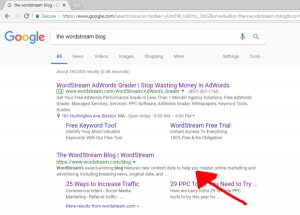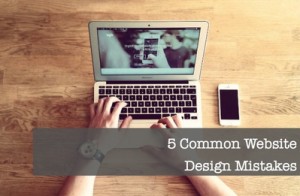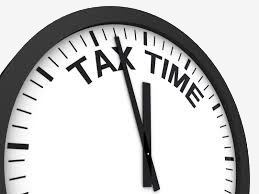— February 18, 2018

Free-Photos / Pixabay
As LinkedIn is the biggest ‘list’ of professionals on the planet with over 540 million users around the world it can be a great resource to find the people you need in your business – but how can you tell the good people from the less good?
Quite often we look for the resources we need which might be partners, suppliers, consultants or clients.
If you are ever trying to find anyone good in any way on LinkedIn a simple look at a few things speaks volumes.
Shared connections
LinkedIn shows you who they know that you’re already connected to and this can be a great guide of good, bad or caution. We all have our private views about our connections and just like in real life our connections reflect us and not always in a good way.
If you’re looking at someone on LinkedIn that shares connections with you and you know they are selective about their network (such as high value and high trust connections) then this reflects well on the person your viewing.
However, if your opinion of the shared connections is not so good then this too reflects on them. Perhaps a conversation instead of a meeting in this instance?
If you share hundreds of connections it might be that they’re incredibly in your networked world or sphere, but it might also be that they hoover up connections!
It might inform you about their approach, particularly when married with some of the other potential checks below.
The number of endorsements.
Whilst not hugely valuable, this does give an indication of their perceived skills by their connections. Always an interesting one if you find someone who’s an expert with low endorsements on their core skills!
You can also take this a step further by calling (yes calling on a telephone!) the connections that you know that have endorsed them to take up references on that particular skill. A trick used by many a sharp procurement professional!
Profile resonance and activity
Read their profile. Does their personality, style and approach resonate with you and your style? Are they the sort of person you could work with, work for or want to associate with? Profiles are often a great reflection of the individual, intentionally or otherwise.
Consider also looking at their activities and in particular posts to see if their posts align with your perception of their experience, knowledge or value to you, if not perhaps consider alternatives.
Recommendations
These can be used in many ways! Both in terms of how many, but also who has written them, how recently and how many are reciprocal to others.
We automatically discount any reciprocal ones as these are often “if you write me one then I will write you one” type things and hence valueless.
Look for a consistent flow of them over a long period. Who has written them? What have they said and are they focused on the aspects you are looking for?
In particular, watch out for large gaps (when they did no good work?) or big spikes (when they obviously went looking for them or changed roles perhaps?) in recommendations.
Again, like endorsements, consider contacting the person that wrote the recommendation to see what they say when you ask.
You can use this framework to validate the people you find and engage on LinkedIn to ensure you meet or work with great people – as opposed to the ‘other’ sort.
Digital & Social Articles on Business 2 Community
(32)
Report Post







